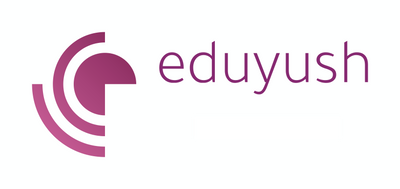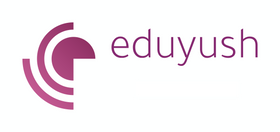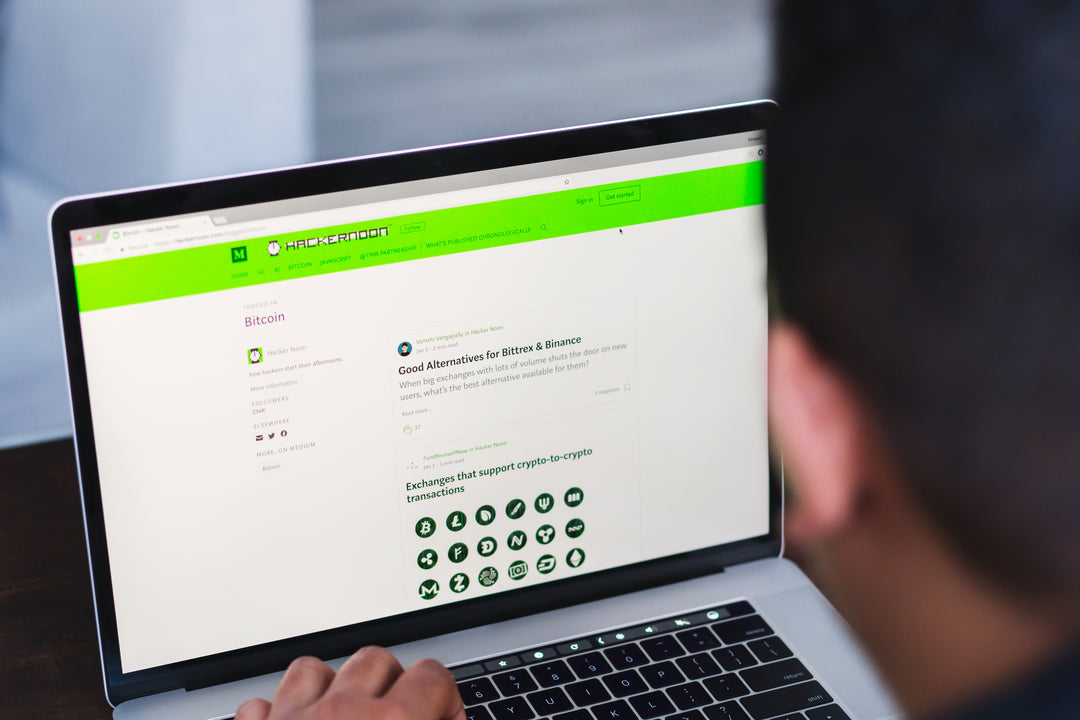IFRS 13 Fair Value Measurement: Simple Student Guide with Examples
IFRS 13 Fair Value Measurement: A Simple Student Guide
What is IFRS 13?
IFRS 13 is an accounting standard that tells companies how to determine the fair value of their assets and liabilities. Think of it as a rulebook that ensures everyone measures value the same way, making financial statements comparable and reliable.
Why Was IFRS 13 Created?
Before IFRS 13, different accounting standards had different rules for measuring fair value. It was like having different rulers to measure the same thing – confusing and inconsistent! IFRS 13 created one universal "ruler" for fair value measurement.
What is Fair Value?
Fair value is the price you would get if you sold an asset or the price you'd pay to transfer a liability to someone else in a normal business transaction.
Key Point: Exit Price vs Entry Price
🔄 Entry Price = What you paid to buy something 🚀 Exit Price = What you'd get if you sold it today (This is fair value!)
Simple Example:
You bought a smartphone for $800 last year (entry price). Today, if you wanted to sell it, you might only get $400 (exit price/fair value). The fair value is $400, not $800.
The Fair Value Hierarchy: Three Levels of Evidence
IFRS 13 creates a hierarchy that prioritizes the best evidence for determining fair value:
Level 1: The Gold Standard 🥇
What it is: Quoted prices in active markets for identical items
Example: Stock prices on the stock exchange 📱 Apple stock trading at $150 per share 📊 You own 100 Apple shares = Fair value is $15,000 (100 × $150)
Level 2: The Silver Standard 🥈
What it is: Observable market data for similar items or other market information
Examples: 🏠 House prices in your neighborhood for similar homes 💰 Interest rates published by banks 💱 Currency exchange rates
Level 3: The Bronze Standard 🥉
What it is: Unobservable inputs that require estimates and assumptions
Example: Valuing a unique piece of art or a private company's shares 🎨 No market exists for identical items 🤔 Must use estimates and assumptions
IFRS 13 Crypto Guide: Valuation for Students
Important Rule:
If you use inputs from different levels, your fair value measurement gets classified at the lowest level used. It's like a chain – only as strong as its weakest link! ⛓️
How IFRS 13 Connects with Other Standards
IFRS 13 doesn't work alone – it's the measurement framework used by many other IFRS standards:
🔗 IFRS 9 (Financial Instruments)
📈 Uses IFRS 13 to measure financial assets at fair value 💳 Credit cards, loans, bonds, and derivatives 🎯 Example: Banks valuing their investment portfolios
🔗 IAS 40 (Investment Property)
🏢 Uses IFRS 13 when companies choose fair value model 🏪 Office buildings, shopping centers held for rental income 📍 Example: Real estate companies valuing their property portfolios
🔗 IAS 16 (Property, Plant & Equipment)
🏭 Uses IFRS 13 for revaluation model measurements ⚙️ Factories, machinery, buildings used in operations 🔧 Example: Manufacturing companies revaluing their equipment
🔗 IFRS 5 (Non-current Assets Held for Sale)
🏷️ Uses IFRS 13 for "fair value less costs to sell" 📦 Assets the company plans to sell within one year 🚛 Example: Company selling off a factory it no longer needs
🔗 IFRS 3 (Business Combinations)
🤝 Uses IFRS 13 to measure acquired assets and liabilities 🏢 When one company buys another company 💼 Example: Microsoft acquiring a smaller tech company
🔗 IAS 19 (Employee Benefits)
👥 Uses IFRS 13 to measure plan assets in pension funds 💰 Pension investments and retirement benefits 📊 Example: Company pension fund holding various investments
How to Measure Fair Value: Key Concepts
1. Market Participants
Think about typical buyers and sellers who are: ✅ Independent (not related to you) 🧠 Knowledgeable about what they're buying/selling 💪 Able and willing to make the deal
2. Principal vs Most Advantageous Market
📊 Principal Market: Where most trading happens (highest volume) 💎 Most Advantageous Market: Where you'dget the best price
Example: You can sell your guitar on eBay (principal market) for $300 or to a local music store (most advantageous) for $350. Use the principal market price ($300) unless you don't have access to it. 🎸
3. Highest and Best Use (For Non-Financial Assets)
Consider how market participants would use the asset to maximize its value.
Example: You own land currently used for parking. If market participants would build apartments on it (and that's legal and financially viable), use the "apartment development" value, not the "parking lot" value. 🏗️
Three Valuation Approaches
1. Market Approach 🏪
Compare to similar items that have sold recently. Example: Pricing your used car based on similar cars sold on AutoTrader
2. Cost Approach 🔨
What would it cost to replace this asset today? Example: Valuing a building based on construction costs minus wear and tear
3. Income Approach 💰
What future income will this asset generate? Example: Valuing rental property based on expected rental income (discounted to today's value)
Real-World Examples
Example 1: Valuing Company Shares 📈
Scenario: Your company owns 1,000 shares of Microsoft
Level 1 Approach: 📊 Microsoft trades on NASDAQ at $300 per share 💵 Fair value = 1,000 × $300 = $300,000 ✅ Use this price without adjustment
Example 2: Valuing a Corporate Bond 📃
Scenario: Your company owns bonds from XYZ Corp
Level 2 Approach: ❌ No active market for these exact bonds 🔍 Similar bonds with same credit rating yield 5% 📊 Use 5% to discount future cash flows
Example 3: Valuing a Private Company Investment 🚀
Scenario: Your company invested in a startup
Level 3 Approach: 🚫 No market for these shares exists 🤔 Must estimate using: 📈 Company's projected profits 🔍 Comparison to similar companies 💰 Recent private sale prices
Standards That DON'T Use IFRS 13
Some measurements look similar to fair value but aren't covered by IFRS 13:
- ❌ IFRS 2: Share-based payments (stock options)
- ❌ IFRS 16: Lease accounting
- ❌ IAS 2: Net realizable value of inventory
- ❌ IAS 36: Value in use for impairment testing
Why IFRS 13 Matters
For Students: 🎓
- 📚 Understand how companies value their assets
- 🧠 Learn critical thinking about market prices
- 🎯 Prepare for careers in finance, accounting, or business
For Investors: 💼
- 📊 More reliable financial statements
- ⚖️ Better comparison between companies
- 💡 Clearer understanding of company values
For Companies: 🏢
- 📏 Consistent valuation methods
- 🔍 Improved transparency
- 🛡️ Better risk management
Common Mistakes to Avoid
❌ Using historical cost instead of current fair value
❌ Wrong: "I paid $1000 for this equipment, so it's worth $1000" ✅ Right: "What would I get if I sold this equipment today?"
❌ Ignoring market conditions
🔄 Fair value changes with market conditions ⏰ Must use current market prices, not old ones
❌ Mixing hierarchy levels incorrectly
⚠️ If any significant input is Level 3, the entire measurement is Level 3
Disclosure Requirements Under IFRS 13
Companies must tell users of financial statements:
📊 For All Fair Value Measurements:
- 🔢 The fair value amount
- 📈 Which level of the hierarchy was used
- 📝 Description of valuation techniques
📊 For Level 3 Measurements:
- 🔄 Reconciliation showing changes during the year
- 📊 Sensitivity analysis showing impact of changing assumptions
- 📋 Description of valuation processes
Quick Summary
IFRS 13 provides a single, consistent framework for measuring fair value using:
- ✅ Fair Value Definition: Exit price in an orderly transaction
- ✅ Three-Level Hierarchy: Level 1 (best) to Level 3 (estimates)
- ✅ Market-Based Approach: Focus on what market participants would do
- ✅ Consistent Methods:Samerules for everyone
- ✅ Integration: Works seamlessly with other IFRS standards
Remember: Fair value is about what you could sell something for today, not what you paid for it or what you think it should be worth! 💡
Conclusion
Understanding IFRS 13 Fair Value Measurement is crucial for anyone pursuing a career in accounting, finance, or business. This standard forms the foundation for fair value measurements across multiple IFRS standards and ensures consistency and transparency in financial reporting worldwide.
🎓 Ready to Master IFRS?
Eduyush offers comprehensive IFRS training programs designed to help you excel in your professional journey:
📚 AICPA IFRS Certification Course 🎯 Master all IFRS standards including IFRS 13 🏆 Prepare for the AICPA IFRS examination 👨🏫 Expert instruction with real-world examples
📚 Diploma in IFRS 📖 Comprehensive IFRS curriculum 🌍 Internationally recognized qualification 💼 Career advancement opportunities
Whether you're a student, practicing accountant, or finance professional looking to enhance your skills, Eduyush's expert-led IFRS courses provide the knowledge and confidence you need to succeed in today's global business environment.
🚀 Start your IFRS journey with Eduyush today and unlock new career opportunities!
This guide explains IFRS 13 Fair Value Measurement in simple terms. For detailed implementation, always consult the full standard and professional accountants.




